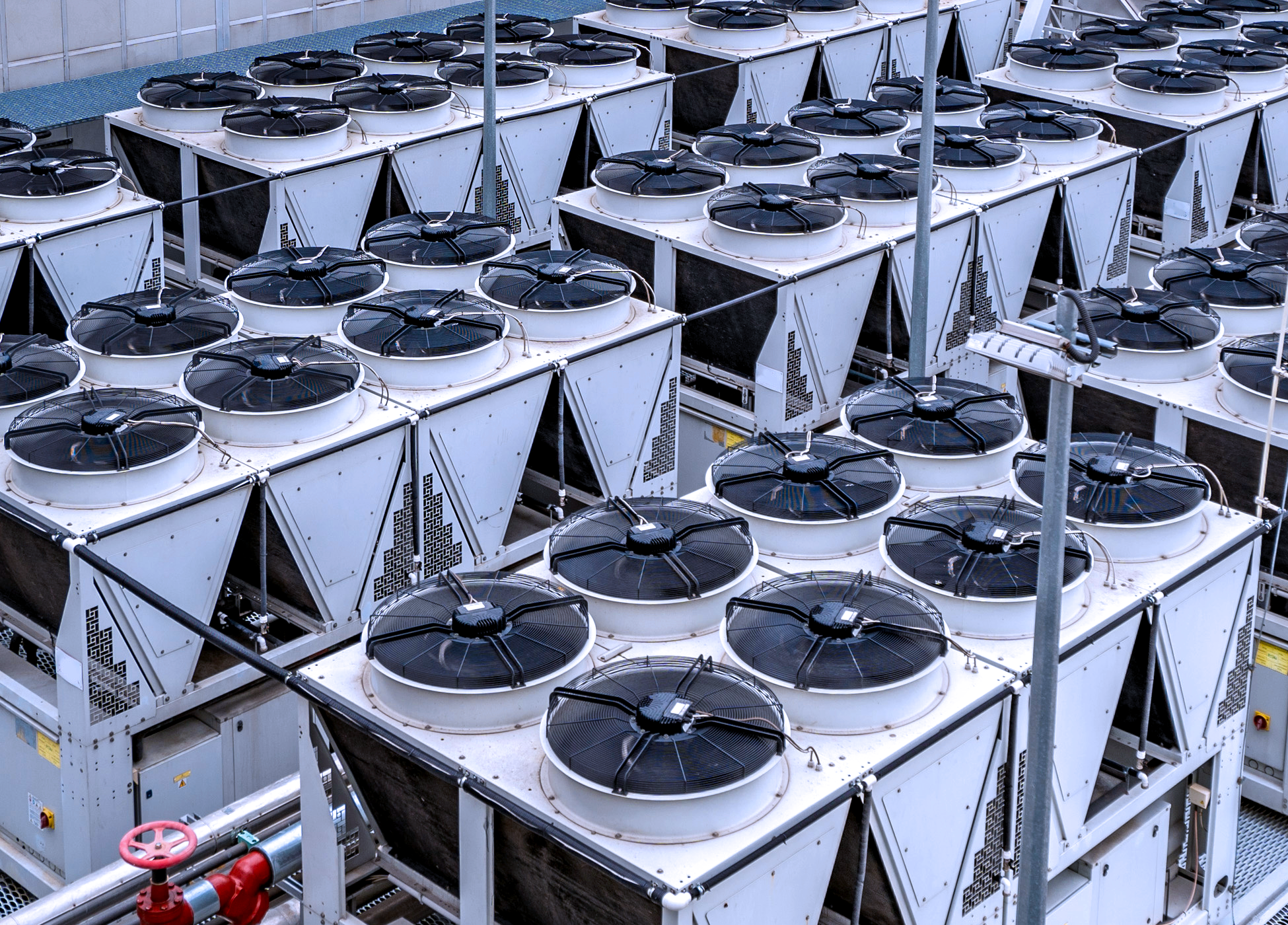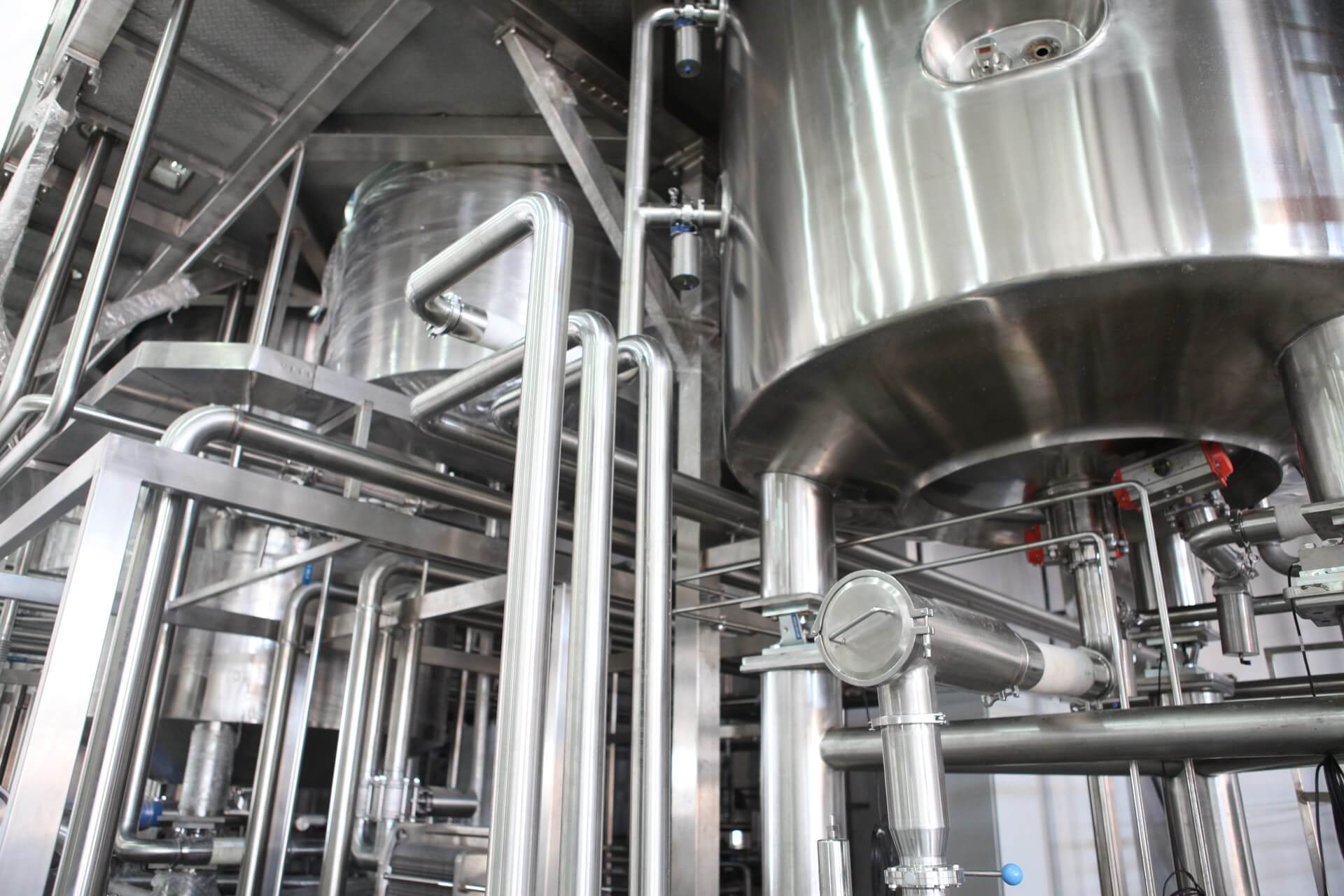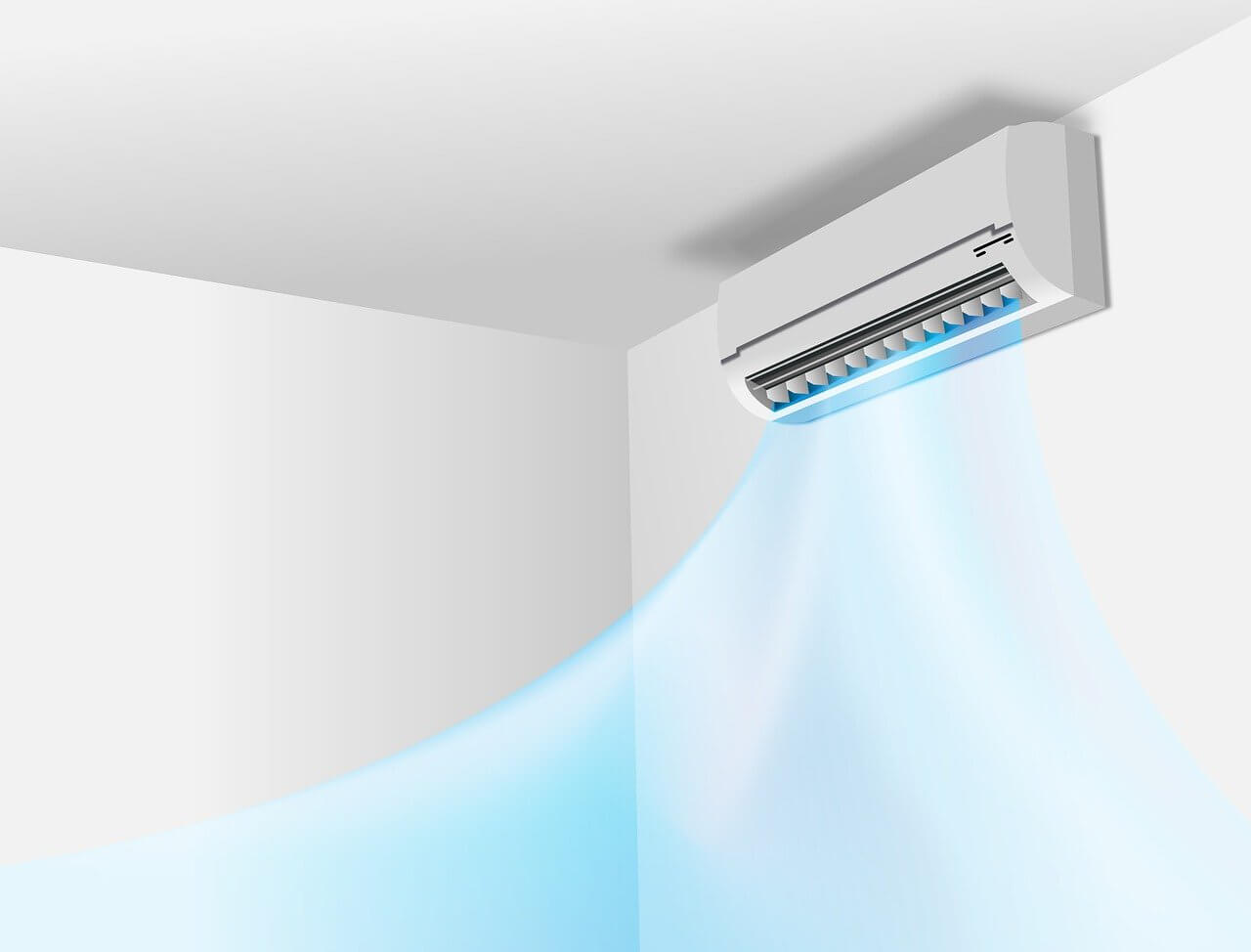The Future of Businesses and HVAC Technology in 2024
Discover the latest advancements in HVAC technology and how they will impact businesses in 2024. The HVAC industry is constantly evolving, with new...
2 min read
![]() Standard Plumbing & Heating
:
Sep 17, 2021 2:42:34 PM
Standard Plumbing & Heating
:
Sep 17, 2021 2:42:34 PM

Chillers help maintain climate control and aid in air conditioning in residential building settings.
And even though they are energy efficient, chillers are complex machines that should be serviced regularly for financial and safety benefits.
Here are three reasons why you should get them serviced regularly.
But first, what is a chiller? How does it function?
Related: 4 Issues That Warrant an Emergency Call to a Mechanical Contractor
Chillers are usually located on residential rooftops, but some chiller machinery is designed to operate in basements.
Chillers are specialized, complicated, and intricate cooling equipment that works in conjunction with cooling towers, pumps, fan coil units, and the AHU or air handling unit.
Chillers, and their accompanying components, remove unwanted heat from a building and then perpetually generates cold water to be used in an air conditioning system.
In other words, chillers create a kind of closed-circuit, building-wide, heat-exchanging climate control system by strategically transferring heat via the use of water or industrial solutions containing water.
There are two kinds of chillers – water-cooled chillers and air-cooled chillers. However, air-cooled chillers usually don’t require the use of cooling towers.
Chillers that are cooled by water usually feature two large component cylinders called a condenser and an evaporator.
The evaporator component is where “chilled water” is cooled to a temperature under 43 degrees. And the chilled water is referred to as chilled even if it is warm since it is inside this closed system.
Water pumps then push the chilled water up and down the length of the building in pipes called “risers.” These pipes are called risers whether or not the chilled water is flowing downwards or upwards.
The chilled water inside the risers progressively branches off into smaller-sized pipes, which feed into the air handling units and fan coil units. The AHU and FCU are boxes that suck in air from the building’s interior environment, blow that air across the cooling or heating coils to change the air’s temperature. Then the air is recirculated into the building.
For example, as the chilled water enters the FCU/AHU via risers, it flows through a thin cooling coil or pipes, which absorb the heat of the air sucked in by the FCU/AHU boxes.
The chilled water warms up a bit, and the air cools down. The warmed-up chilled water flows back to the evaporator. A refrigerant absorbs the heat from the chilled water and transfers the heat into a condenser component.
The chilled water is cool again. It will then circulate through the building again via risers and repeat the process.
Sounds complicated? Remember, this is just a basic description for an average chiller. Chillers and machinery come in many varieties.
Imagine how complicated it could get to repair them and how expensive repair bills could become.
Here are three reasons why you should get your chillers serviced regularly.
The metal pipes and tubes found in chiller components are made from carbon steel or copper. The presence of oxygen, minerals, sediment, or bacteria in chilled water can cause fluctuations in oxygen levels.
Fluctuating oxygen levels or mixing bacteria, sediment, and oxygen can cause pipes to corrode and leak. The electrochemical makeup of different pipes connecting and transferring chilled water can also cause corrosion.
A chiller and all its accompanying components feature complex electrical designs within. Power failures or power surges could cause the chiller to overheat, shut down, or wear down prematurely.
Electrical wires can also wear down or become loose with age and maintenance negligence.
A legionella is a heat-loving form of bacteria that causes Legionnaires Disease. Legionnaires Disease causes lung infections, respiratory problems. You contract it by breathing in water vapor containing legionella bacteria.
Legionnaires Disease can develop in the bacteria in the closed-loop chilled water system in a chiller. A leaky riser anywhere in the system can infect anyone nearby.
If you have a chiller, get it serviced regularly. Contact Standard Plumbing and Heating for help today.
Related: 3 Upgrades Workplaces Are Making Today to Improve Indoor Air Quality

Discover the latest advancements in HVAC technology and how they will impact businesses in 2024. The HVAC industry is constantly evolving, with new...

The average cost of a new commercial boiler is about $50,000 but could be a lot more depending on your expenses.

A ductless air flow system is one of the most cost-efficient ways to cool your home or place of business.